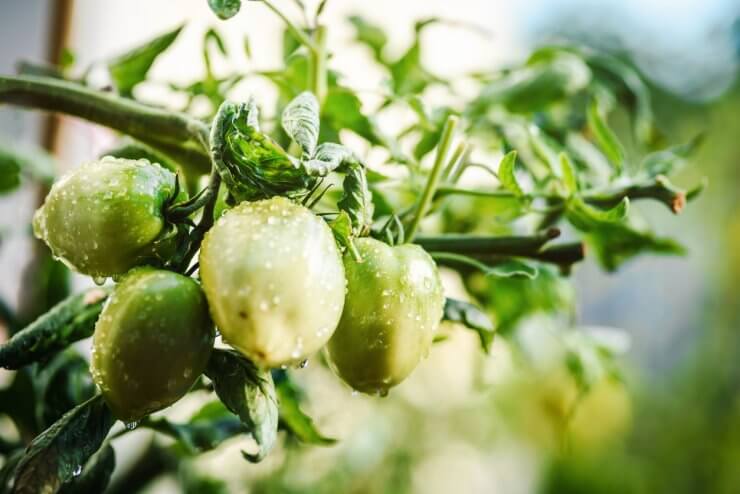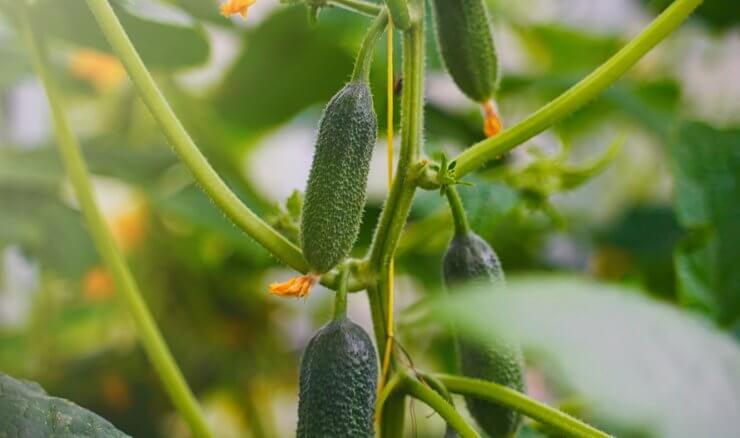
Plant Food for Hydroponics
When you’re looking at plant food for hydroponics, things can get a little confusing. Typically, in gardening, we think about oxygen, water, soil, and sunlight. But the entire equation is different with hydroponic gardening.
Our “sunlight” usually comes in the form of grow lights. And, of course, you can generally arrange those to provide the perfect amount of light for whatever you’re planting. If you get fancy enough, you can even program the lights, so you don’t have to worry about timers or turning them on and off.
The oxygen is a pretty easy one, since your plants’ roots aren’t buried in soil, and, therefore, have easier access to oxygen. But, as far as your plants are concerned, the thing that’s really different in a hydroponic system is that all the nutrients and moisture they usually get from the soil and water now comes in a solution.
How much does plant food for hydroponics matter? Is there one kind that’s better than others? Here are some tips for choosing.
Discover 7 top tips for growing, harvesting, and enjoying tomatoes from your home garden—when you access the FREE guide The Best Way to Grow Tomatoes, right now!

How to find the right plant food for hydroponics
From looking at typical fertilizers, you already know that plants need nitrogen, phosphorus, and potassium (NPK). These are the “big three.” Many of the additional nutrients that plants need can usually be found in healthy soil, like boron, copper, magnesium, and so on. Though most plants only require these in small amounts, they’re still important.
Obviously, if you’re thinking about plant food for hydroponics, you need something that supplies all of a plant’s nutritional requirements. If you want to get deep into details and explore topics like nitrogen feed rates, ammonium and nitrate nitrogen calculation, and the chemical properties of growing media, feel free to check out this information sheet from Purdue Agriculture’s Horticulture and Landscape Architecture program.
My goal here is to make this as easy and straightforward as possible. And for most of us home gardeners, that much information can get overwhelming. So here’s the easy approach to choosing plant food for hydroponics.
First, make sure you get a formula specifically designed for hydroponic systems. Fertilizer intended for soil just won’t work.
Second, go with a liquid fertilizer that’s simple and easy to use. Dry or powdered plant food is generally better for large-scale systems. That’s not to say that you can’t use dry fertilizer, but again, we’re trying to make this easy.
Third, the more mixing you do, the more chance there is for something to go wrong. If you do get a plant food that requires mixing, follow the directions closely.
Lastly, make it easy on yourself. (Noticing a theme here?) There’s a good chance that wherever you purchased your hydroponic system also sells plant food for hydroponics. Some, like Rise Gardens, even offer subscriptions. Of course, there are also plenty of online shops. For example, Hydrobuilder sells dozens of brands and formulations of plant food for hydroponics. And while that sounds like a lot to sort through, you can filter your results with options like OMRI certification, price, and nutrient material (liquid, powder, or granular). Full disclosure, I haven’t shopped with them, but they have good reviews and comments everywhere from Facebook to Glassdoor.
Now then, with all this talk of plant food, I think I need to go take care of some of my own veggies.
Do you have any hydroponic nutrient products that you’d recommend? I’d love to read about your experience in the comments.
Discover 7 top tips for growing, harvesting, and enjoying tomatoes from your home garden—when you access the FREE guide The Best Way to Grow Tomatoes, right now!




